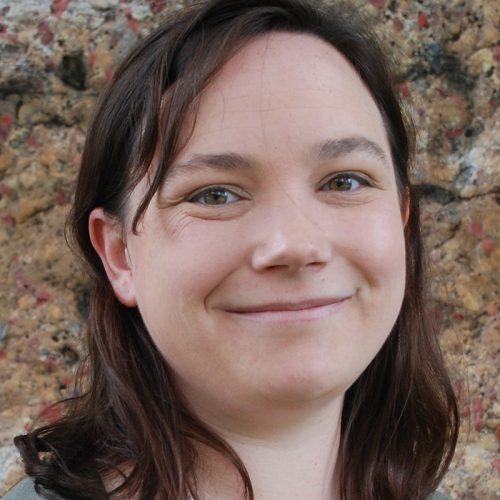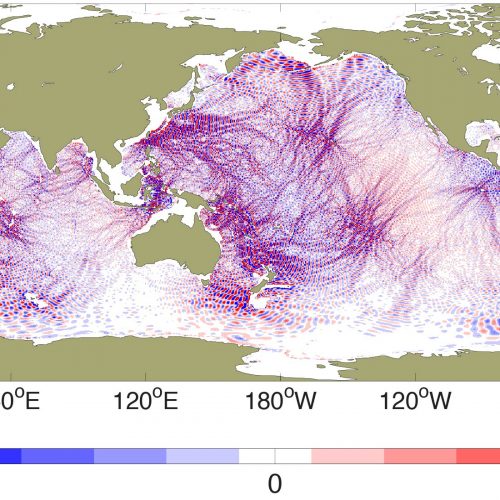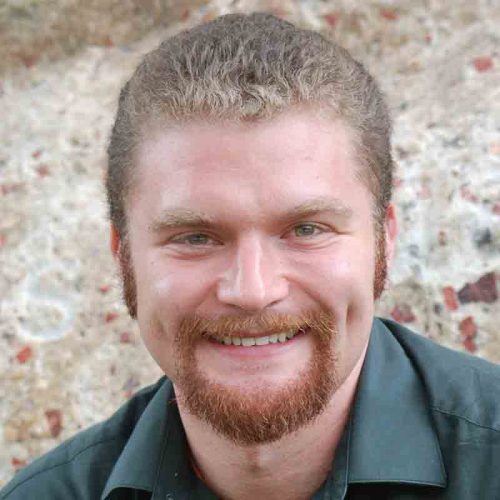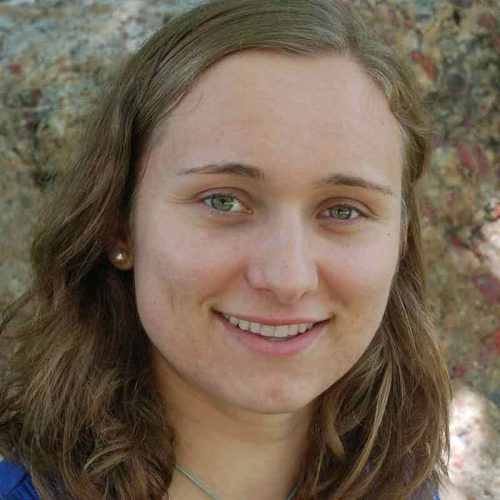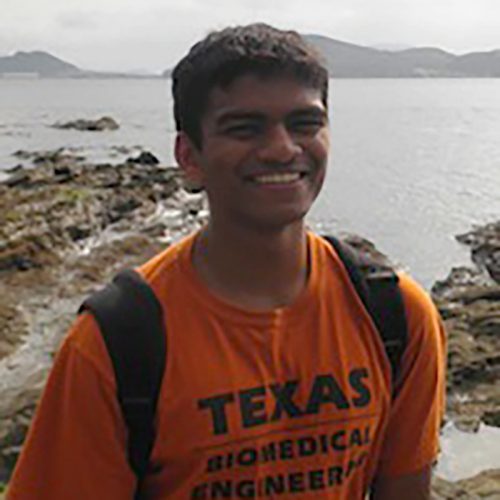Interdisciplinary Earth Science Projects
Of course, we also spend some of our time exploring other interests outside of our four main interest groups.
Many of these other interests are related to the fact that we sit in an Earth and Environmental Sciences department, with colleagues whose research collectively spans a broad range of fields. We will post results from these new projects as they are published. The paper from my physics honors BS project is also placed here because it doesn’t fit in any of the four main categories.
20. Goff and Arbic (2010)
In this paper we constructed a statistical abyssal hill topography that can be added on top of global bathymetric datasets in order to compensate for the lack of small-scale topographic features in such datasets. The Goff and Arbic topography has been used in several of our studies, including a linear analysis of baroclinic tidal conversion by abyssal hills (e.g., Melet et al. 2013) , an examination of the impact of topographic wave drag on the eddying general circulation (Trossman et al. 2013, 2016), and an examination of the impact of synthetic abyssal hills on resolved motions in global internal tide models (Timko et al. 2017). The Goff and Arbic topography has also been used by oceanographers outside of our group.
The nature and magnitude of the statistical abyssal hill topography can be seen in this figure:
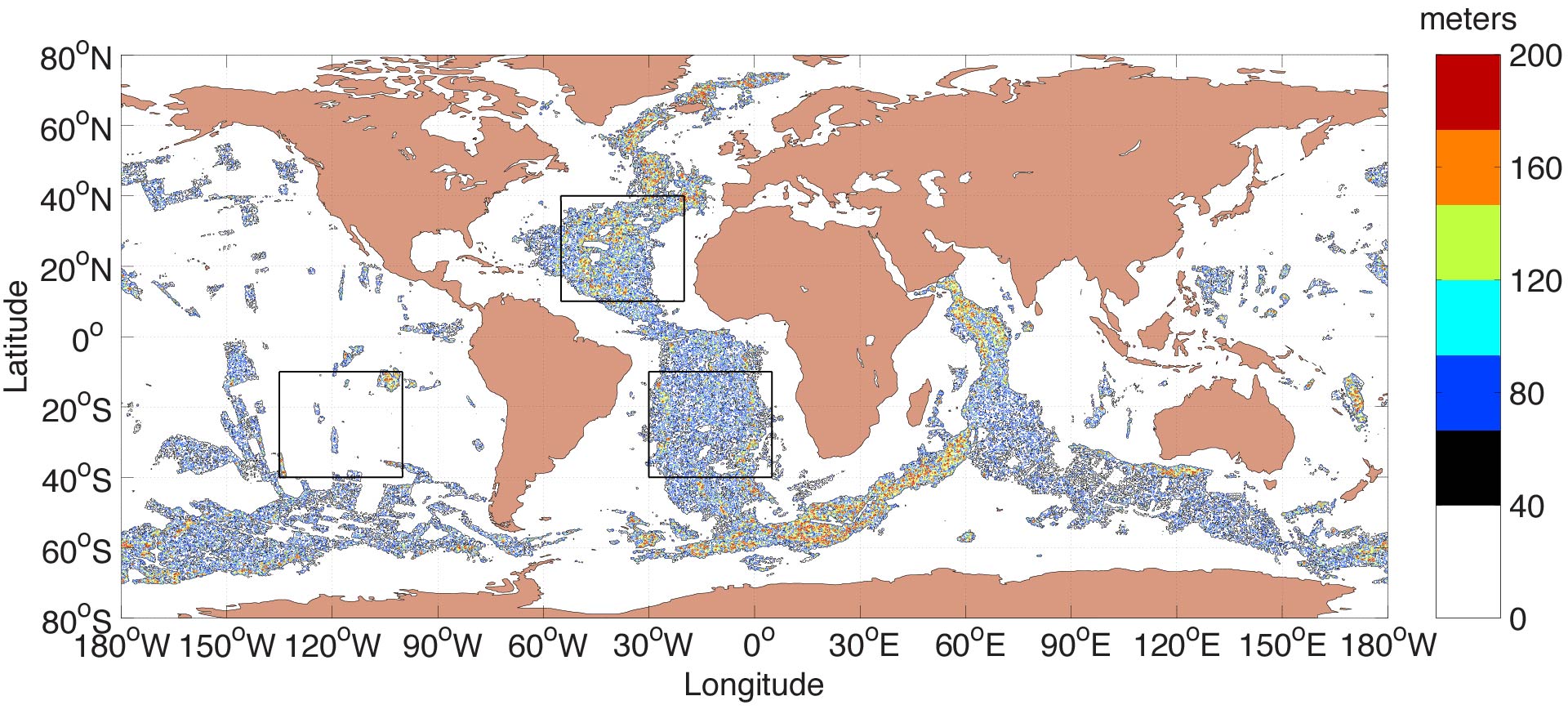
Area weighted root mean square of the difference between model bathymetry with and without the abyssal hill roughness at 1/12.5 ° horizontal resolution. The root mean square is calculated over a 1/4 °×1/4 °sub-grid. Contours are drawn from 40 m to 200 m at 40 m intervals. The boxed regions shown in the South Pacific, North Atlantic, and South Atlantic oceans are used later in Timko et al. (2017) to estimate the internal wave response to changes in bottom roughness. From Timko et al. (2017).
10. Smith et al. (2005)
This paper presented some of the early numerical simulations of the 2004 Boxing Day tsunami in the Indian Ocean, and comparisons of the simulations with satellite altimeter observations. The listing of this paper on our publications page has a link to our 286 MB .mov animation of the Boxing Day tsunami simulation.
2. Arbic and Owens (2001)
This paper presents differences of Atlantic Ocean hydrographic sections taken in the same (or nearly the same) locations but in different decades (ranging from the 1920’s to the 1990’s). The largest significant changes are generally found at intermediate water depths e.g. 1000-2000 meters. In the modern ocean, hydrographic variability can be monitored by the autonomous ARGO float array, but for pre-ARGO times, hydrographic sections provide the main source of information on long-term hydrographic variability.
Dickson et al. (2001)–BOOK CHAPTER
A summary of our work in 2. Arbic and Owens (2001) was included in this chapter on oceanic variability during the World Ocean Circulation Experiment (WOCE).
1. Arbic et al. (1988)
This paper presents an angular correlation test of CPT invariance in polarized positronium. The paper has been referenced several times by the high-energy physics community, which looked for the same correlation in particle interactions in accelerators.






